Regular alcohol consumption, smoking, being overweight, and a family history of pancreatic cancer increase the risk of developing this disease.
The pancreas is a large gland located deep within the abdominal cavity, behind the stomach and across the front of the spine. It consists of three parts: the head, surrounded by the duodenum (the first part of the small intestine); the body, the middle part; and the tail, very close to the spleen. In an adult, the pancreas is approximately 15 cm long.
This organ is responsible for producing the hormones insulin and glucagon to control blood sugar levels, and pancreatic enzymes that help the body digest food in the small intestine.
According to MSc. Dr. Nguyen Thi Thu Thao, Department of Oncology, Tam Anh General Hospital, Ho Chi Minh City, pancreatic cancer originates from either endocrine or exocrine cells of the pancreas. Endocrine cells produce hormones that are released directly into the bloodstream. Exocrine cells (the lining cells inside the pancreatic ducts) produce pancreatic enzymes, which are secreted into the small intestine to aid in food digestion. Pancreatic cancer is sometimes also called exocrine cancer.
Dr. Thao cited research showing that approximately 90% of pancreatic cancer cases originate from exocrine cells. Cancer cells are often found in the head of the pancreas. Smokers are twice as likely to develop pancreatic cancer compared to those who have never smoked. About 25% of pancreatic cancers are related to smoking habits.
Consuming alcoholic beverages can also lead to pancreatic cancer.
There is still no clear definition of how much alcohol consumption will cause pancreatic cancer; however, the World Health Organization (WHO) recommends that men should not drink more than two units of alcohol per day, and women no more than one unit of alcohol per day. One unit of alcohol is equal to 10g of pure alcohol, equivalent to 3/4 of a 330ml can of beer (5%), a 100ml glass of wine (13.5%), a 330ml glass of draft beer, or a 30ml shot of spirits (40%).

Smoking and alcohol abuse can lead to pancreatic cancer. (Image: Freepik)
Other factors that contribute to the risk of developing the disease include a sedentary lifestyle and obesity (body mass index (BMI) of 30 or higher).
People with diabetes, those who have been using diabetes medication for a long time, those with chronic pancreatitis, a family history of pancreatitis or pancreatic cancer, and those who are frequently exposed to chemicals and heavy metals... are in the high-risk group.
Changes in the genome (gene mutations) can increase the likelihood of developing this disease. Gene mutations occur when errors happen in the gene's coding. These mutations can be inherited from parents to children or acquired (mutated genes are not hereditary).
Several groups of diseases are associated with inherited gene mutations that can potentially cause pancreatic cancer, such as familial pancreatitis due to mutations in the PRSS1, SPINK1, or CFTR genes; and hereditary breast-ovarian cancer syndrome due to mutations in the BRCA1 and/or BRCA2 genes.

Patients with chronic pancreatitis are at high risk of developing cancer and should undergo regular screenings. (Image: Freepik)
The majority of patients are diagnosed with pancreatic cancer at an advanced stage, resulting in poor treatment and recovery prognoses.
Dr. Thao recommends that people with symptoms such as rapid weight loss, nausea, frequent vomiting, dark urine, fatty stools, jaundice, yellowing of the eyes, indigestion, abdominal pain, back pain, pancreatitis, diabetes, deep vein thrombosis, pulmonary embolism, etc., should undergo screening for pancreatic cancer.
Blood tests to look for the marker CA 19-9 (elevated in pancreatic cancer patients), computed tomography (CT) scans, magnetic resonance imaging (MRI) of the biliary tract and pancreas, endoscopic ultrasound, endoscopic retrograde cholangiopancreatography (ERCP), and sometimes laparoscopic surgery are needed to assess the extent of the tumor's impact on adjacent structures and detect metastatic lesions.
Avoiding smoking, limiting alcohol consumption, avoiding exposure to pesticides, increasing consumption of green vegetables, and maintaining a stable weight can help reduce the risk of developing this type of cancer.
Tue Tram
| Readers can ask questions about cancer here for doctors to answer. |
Source link








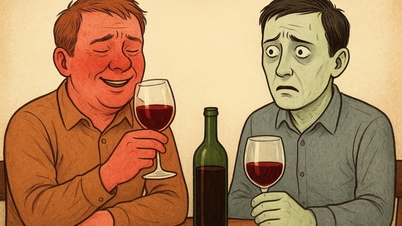



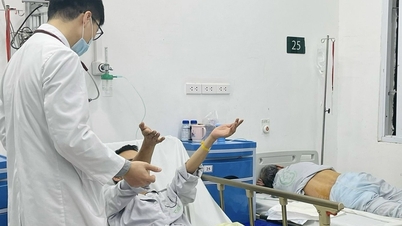



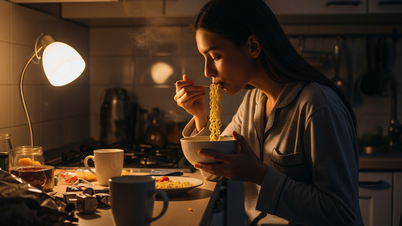






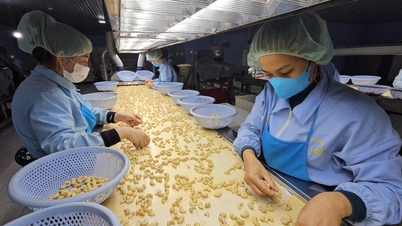
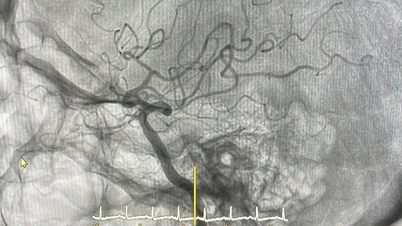






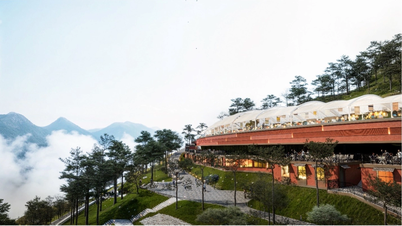
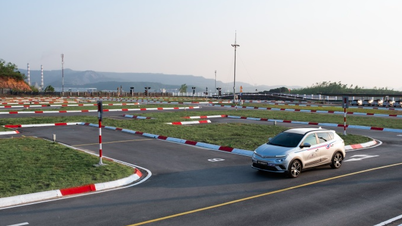





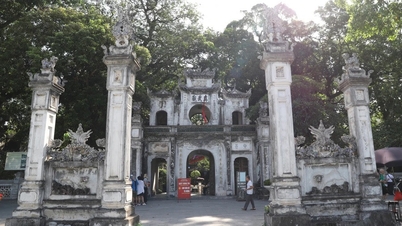










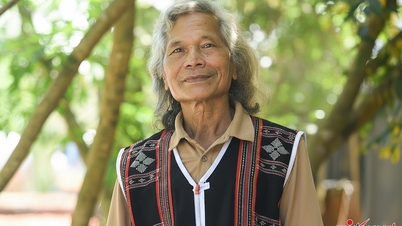



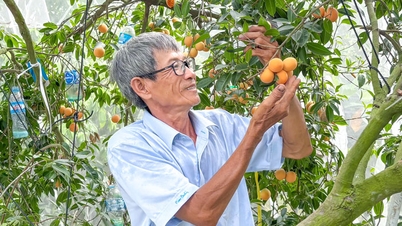

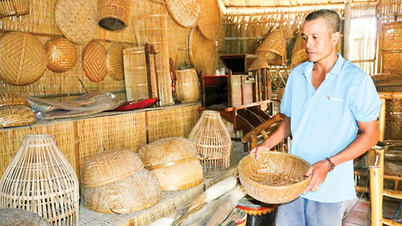





















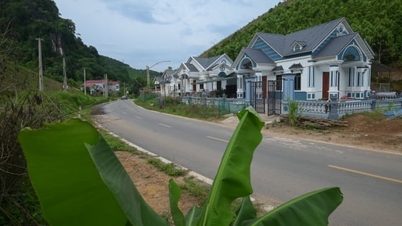











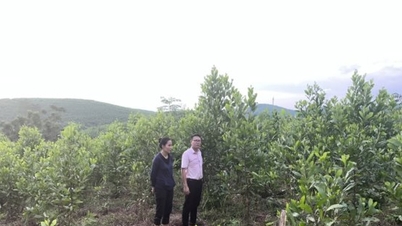

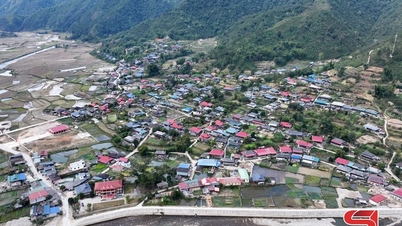

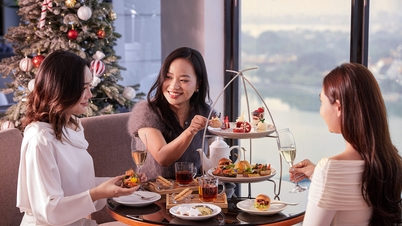

















Comment (0)